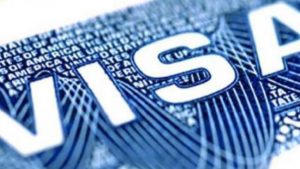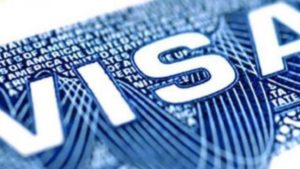
US Immigration Agency Reaches Cap For H-1B Visa
Washington: The H-1B Visa has been in the news for some time now and at last the US Citizenship and Immigration Services or USCIS has finally reached the 65,000 H-1B visa cap for fiscal year 2019. The agency said that it would conduct a lottery very soon to finalize successful applicants for work visa famous among Indian professionals.

The procedure will be started for the fiscal year October 1, 2018.
The H-1B non-immigrant visa allows companies in the United States to employ foreign workers such occupations which specifically need expertise in theoretical or technical skills. Many of the technological companies require the visa for their would-be employees to reach US from countries like India and China.

The US organization USCIS has already received a good number of H-1B petitions to cover the 20,000 visa cap for advanced degree exemption, a statement said.
The statement did not elaborate regarding the exact number of H-1B petitions it received since April 2, when it begin taking applications for the work visas for highly skilled Indian professionals.
“We will not have exact petition receipt numbers for a few weeks. However, the USCIS will be conducting a lottery as we have done in past years,” Arwen FitzGerald, the USCIS spokesperson, told News Agencies.
“The agency will reject and return filing fees for all unselected cap-subject petitions that are not prohibited multiple filings,” the USCIS has said.
The agency also said that it would keep the process of taking petitions going that are otherwise exempt from the cap petitions filed for current H-1B workers who have been counted previously against the decided cap, and who also those who still retain their cap number, will also not be counted at all toward the FY 2019 H-1B cap.
Apart from that USCIS will keep the work going regarding acceptance and processing of petitions filed to extend the amount of time of a time a current H-1b worker may be expected to remain in the United States; change the terms of employment for current H-1B holding workers; allow current H-1B holding workers to change employers; and allow current H-1B holding workers to work concurrently in a second H-1B position.
You May Also Read: Former South African President Jacob Zuma To Face Corruption Charges In Court